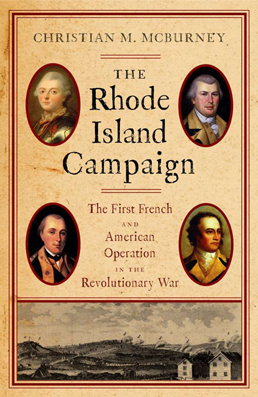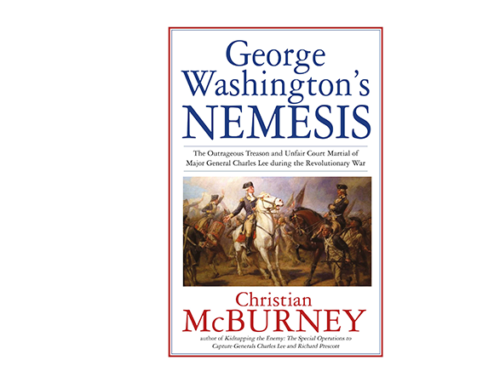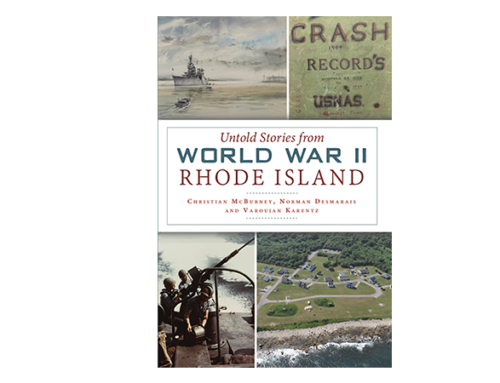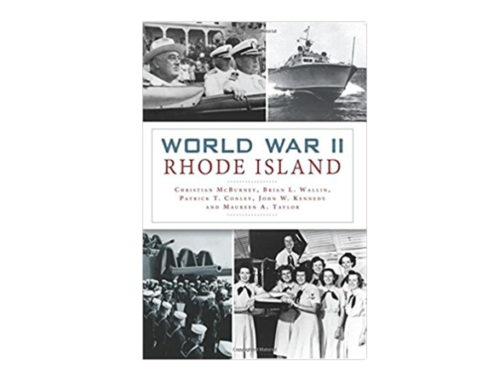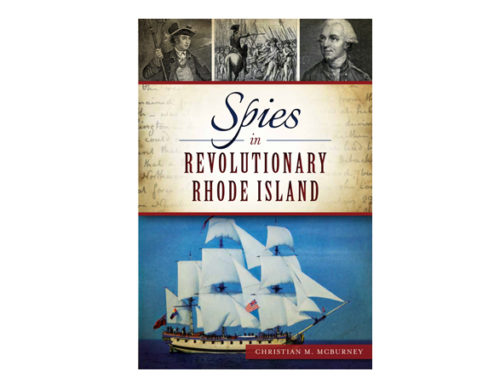Project Description
On July 29, 1778, a powerful French naval squadron sailed confidently to the entrance of Narragansett Bay. Its appearance commenced the first joint French and American campaign of the Revolutionary War. The new allies’ goal was to capture the British garrison at Newport, Rhode Island. With British resolve reeling from the striking patriot victory at Saratoga the previous autumn, this French and American effort might just end the war.
As the French moved into the bay, surprised British captains scuttled or burned many of their vessels rather than risk capture, resulting in the most significant loss of warships suffered by the British navy during the war. French Admiral Comte d’Estaing then turned to sea to engage the main British fleet but his ships were scattered and damaged by a huge storm. After his flagship and two other ships were attacked, d’Estaing’s squadron was taken out of the campaign. The American army under General John Sullivan, meanwhile, was stranded on a small island near Newport without the expected French naval support. When they tried to retreat off the island, British and Hessian regulars were sent to destroy Sullivan’s army; instead of a rout, a running battle ensued that lasted for more than six hours. Continentals, brimming with confidence after their training during the winter of Valley Forge, once more proved that they were an effective fighting force. While the Rhode Island Campaign ended in failure for the Americans and French, there were positive signs for the future of the alliance and the Revolution.
The Rhode Island Campaign: The First French and American Operation of the Revolutionary War unravels one of the most complex and multi-faceted events of the war, one which combined land and sea strategies and featured controversial decisions on both sides. Many prominent patriots participated, including Nathanael Greene, Marquis de Lafayette, John Hancock, and Paul Revere. Most important, while the campaign’s failure led to harsh criticism of the French in some quarters, leaders such as Greene, Lafayette, and George Washington steadfastly worked to ensure that the alliance would remain intact, knowing that the next joint operation could well succeed. Relying on in-depth research from American, French, British, and German original sources, author Christian McBurney has written the most authoritative book on this fascinating episode in American history.
Book Availability:
Providence: Brown Bookstore
Newport: Newport Historical Society Gift Shop at Brick Market
South County: Wakefield Books; Kingston Hill Book Store; South County History Center Gift Shop (Kingston); Picture This (Wakefield)
What Others Have Said About My Book
“McBurney has written an important book. Using sources that have been heretofore overlooked, he provides a fresh, nuanced, and compelling interpretation of the United States’s first joint operation. Moreover, he does it with readable style. This work will be the standard for years to come.”
“[McBurney] gives us a sophisticated maritime history that cannot be detached from events on land… [He] does a deft and thorough job of examining this significant theater of the revolutionary war, and of making his case that it was significant.”
“The book’s success hinges on the personalities, events and local color that marked this particular conflict, which featured warfare on land and sea, and participation from prominent patriots such as John Hancock, Paul Revere and Rhode Island’s Nathanael Greene, among others. Colorful descriptions and disagreements and outright insubordination abound, woven into in-depth accounts of military strategy and action, including vivid mentions of dummy soldiers on Butts Hill and fire ships lurking in the bay.”
“In ten tightly-written chapters, McBurney argues that despite the failure of this campaign—at least in its ostensible goal—it nonetheless developed important skills in the young republican army and its French allies that led to the later and better-known battles which won them the war… He is at his best when quoting from a voluminous collection of personal letters, diaries, dispatches and official reports, to show the early missteps in the French-American alliance, but also early advantages for the allies. “

